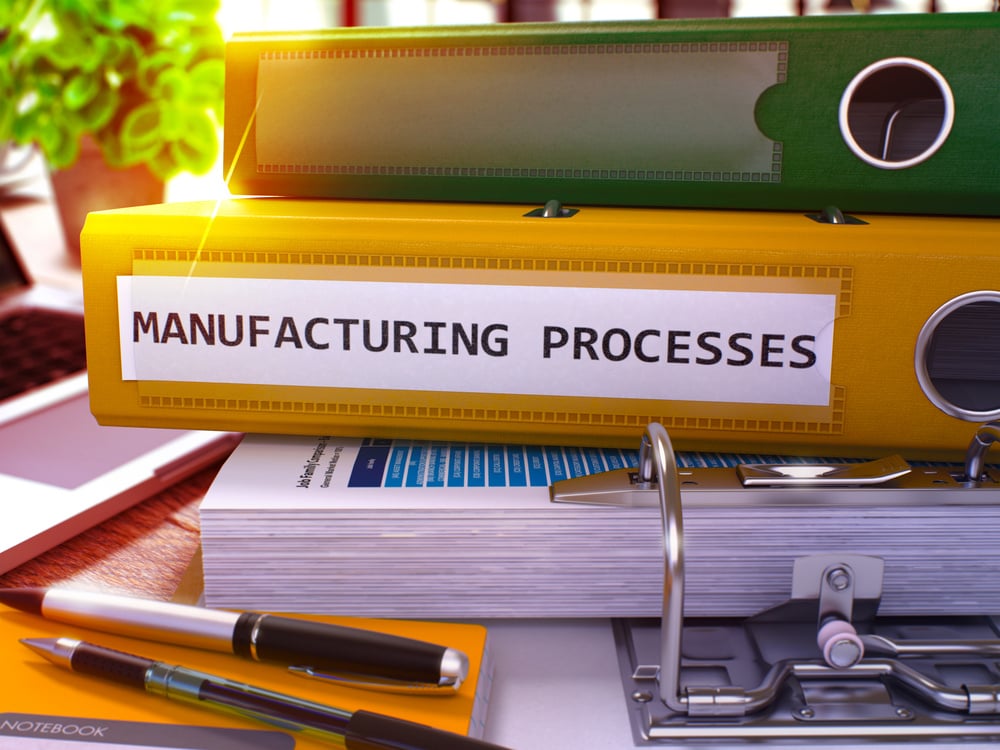Navigating the ROI of Document Scanning in the Manufacturing Sector
Table of contents
In the rapidly evolving manufacturing landscape, where operational efficiency and data management are paramount, the role of document scanning has shifted from a convenience to a strategic necessity. For Chief Information Officers (CIOs), Directors of Information Technology, Operations Managers, and Business Process Managers, the pressing question isn’t whether to digitize—but how to justify the investment. Document scanning solutions offer a transformative approach to managing the flood of paper-based records and complex data flows inherent in manufacturing operations. But what’s the real return on investment (ROI)?
This article will delve into the ROI of document scanning in manufacturing, focusing on how it helps organizations reduce operational costs, improve compliance, boost productivity, and align with digital transformation initiatives. By quantifying both the tangible and intangible benefits, we’ll provide a clear roadmap for manufacturing leaders seeking to leverage document scanning as a catalyst for operational excellence.
Cost Savings and Efficiency Gains with Document Scanning
For large manufacturing enterprises, managing paper-based documents involves significant direct and indirect costs. From printing, storage, and retrieval to labor-intensive data entry and error resolution, paper-based processes can drain both time and resources. Implementing document scanning solutions directly addresses these challenges and yields measurable cost savings.
Direct Cost Reductions
Document scanning minimizes the need for physical storage space, which can translate into reduced leasing or maintenance costs for facilities. Additionally, it reduces expenses related to paper, printing supplies, and shipping. Labor costs associated with manual data entry and document handling are also lowered, freeing up staff to focus on higher-value tasks.
Efficiency Improvements
Digitized documents can be indexed and retrieved in seconds, significantly improving operational efficiency. Manufacturing companies no longer need to search through file cabinets or off-site storage; instead, authorized personnel can access critical records instantly. This streamlined access not only boosts productivity but also accelerates decision-making processes.
Integration with Existing Systems
Modern document scanning solutions can integrate with Manufacturing Execution Systems (MES), Enterprise Resource Planning (ERP), and other digital platforms, ensuring seamless information flow across operations. This reduces duplication of efforts, minimizes errors, and enables real-time data updates.
For a deeper dive into how document scanning optimizes manufacturing processes, you can refer to DocCapture’s How Document Scanning Can Optimize Manufacturing Processes.
Compliance, Risk Management, and Data Security
In an industry as highly regulated as manufacturing, compliance is not optional—it’s essential. Document scanning solutions play a pivotal role in meeting stringent regulatory requirements and mitigating risks.
Enhanced Regulatory Compliance
Manufacturers must adhere to a variety of regulations such as ISO standards, OSHA requirements, and environmental guidelines. Scanning solutions ensure that critical documents—like safety records, quality control reports, and material certifications—are securely stored, accurately indexed, and easily retrievable during audits. This minimizes the risk of non-compliance penalties and reputational damage.
Improved Data Security and Access Control
Digitized documents can be encrypted, access-controlled, and backed up, significantly reducing the risks associated with lost or unauthorized access to physical files. With robust digital security measures in place, manufacturers can protect intellectual property, sensitive supplier information, and trade secrets.
Business Continuity and Disaster Recovery
Document scanning facilitates disaster recovery by creating digital backups of essential records. In the event of natural disasters, system failures, or other disruptions, manufacturing operations can quickly restore critical information, ensuring minimal downtime and continuity of operations.
For more insights on scanning solutions designed specifically for the manufacturing sector, visit DocCapture’s Scanning Solutions for the Manufacturing Sector.
Supporting Digital Transformation and Long-Term ROI
Document scanning isn’t just about reducing costs and improving compliance—it’s a crucial enabler of digital transformation in manufacturing. In a sector where operational agility and real-time data are competitive advantages, document scanning serves as a foundational step toward a fully digital enterprise.
Enabling Digital Workflows
By converting paper-based records into digital formats, manufacturers can automate workflows across production, quality assurance, procurement, and compliance functions. Scanned documents can trigger automatic notifications, approvals, and escalations, reducing bottlenecks and human error. This automation drives operational efficiency and helps meet customer demands for faster, more accurate delivery.
Leveraging Data for Business Insights
Digital records generated from document scanning can be integrated into analytics platforms, providing actionable insights into production trends, supply chain performance, and quality metrics. This data-driven decision-making capability enables manufacturers to identify inefficiencies, anticipate disruptions, and optimize operations proactively.
Long-Term Value and Competitive Edge
The long-term ROI of document scanning goes beyond immediate cost savings. By establishing a robust digital document management system, manufacturers position themselves for sustained operational excellence, scalability, and competitiveness in an increasingly digital marketplace. Additionally, digital records enhance collaboration with suppliers and customers, supporting broader business goals.
For additional reading on the importance of digitizing manufacturing records, check out DocCapture’s Manufacturing in the Digital Era: Streamlining Production Records and Scanning Manufacturing Records.
Conclusion
For today’s manufacturing leaders, document scanning is more than a technological upgrade—it’s a strategic investment with far-reaching benefits. By digitizing paper records, manufacturers can unlock substantial cost savings, enhance operational efficiency, meet compliance requirements, and secure sensitive data. Moreover, document scanning lays the foundation for digital transformation, enabling advanced analytics, automation, and real-time decision-making.
The long-term ROI of document scanning extends beyond immediate financial returns. It empowers organizations to streamline workflows, mitigate risks, and drive continuous improvement—essential qualities for thriving in a highly competitive global market.
Now is the time for manufacturing CIOs, IT leaders, and operations managers to embrace document scanning as a catalyst for operational excellence and digital innovation.
Ready to explore the ROI of document scanning for your manufacturing operations? Discover how DocCapture can help at www.documentscanning.ai, and fill out our “get a quote” form to get started!
Share this
You May Also Like
These Related Stories

Overcoming Integration Challenges in Manufacturing with Document Scanning

Integrating Digital Solutions with Existing Manufacturing Systems

